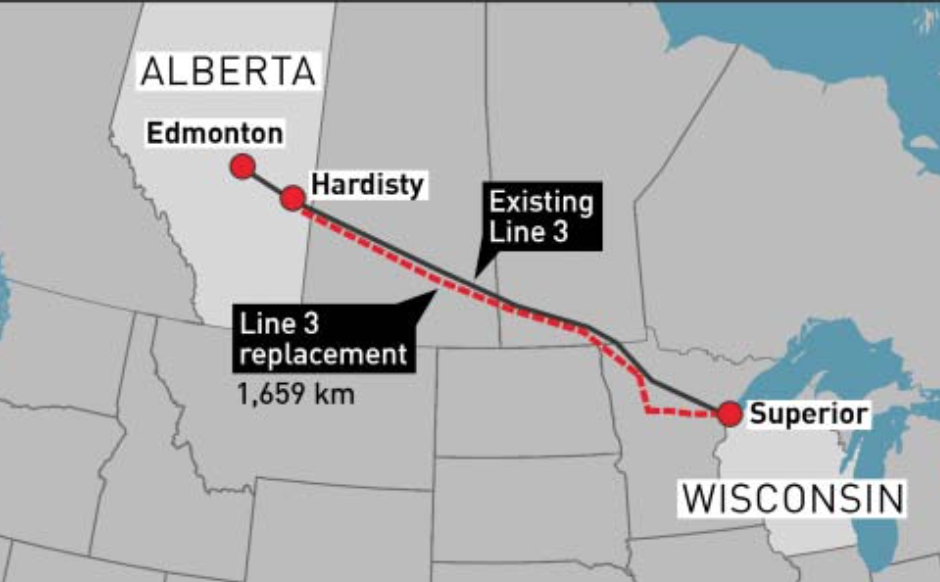
Enbridge Dealt New Setback After Judge Pushes Back Decision on Line 3 Pipeline

Environmentalists are cheering after an administrative law judge delayed approval of
Enbridge Energy‘s controversial Line 3 replacement pipeline in northern Minnesota.
The decision from Judge Ann O’Reilly comes after state regulators deemed the environmental impact statement for the proposed multibillion-dollar project as “
inadequate” and directed revisions on the document.
Minnesota Public Radio reported that O’Reilly is weighing whether a new Line 3 is needed in the state, and if so, what the pipeline route should be.
Minnesotans are best served, the judge said, “by investing a few extra weeks now to ensure that the law is followed and a comprehensive review of the project is conducted before a final decision is rendered in this important case.”
Enbridge wants to replace its aging Line 3 pipeline with a new pipeline along a different route across northern Minnesota. The Canadian energy company said the new Line 3 will “provide much needed incremental capacity to support Canadian crude oil production growth, and U.S. and Canadian refinery demand.” If approved, the $7.5 billion Line 3 would be the largest project in Enbridge’s history, which would carry nearly 32 million gallons of oil every day.
Though lesser known, Line 3 is facing a growing
Dakota Access-like opposition, with protests against the project on the rise. Line 3 critics, including environmentalists and several Native American tribes, worry that the major tar sands project could cause a devastating spill across important waterways, wetlands and sacred lands, and worsen climate change.
Honor the Earth, a Native-led organization protesting the project, said: “The proposed new route endangers the Great Lakes, home to one fifth of the world’s fresh water, and some of the most delicate soils, aquifers and pristine lakes in northern Minnesota, It also threatens critical resources on Ojibwe treaty lands, where tribal members retain the rights to hunt, fish, gather, hold ceremony, and travel.”
Honor the Earth
Enbridge was disappointed by the judge’s ruling. Spokesperson Shannon Gustafson said the revisions to the environmental impact statement were “very simple follow ups” but added that the “cumbersome nature of the process could take until the second quarter of 2018 to finalize.”
According to Minnesota Public Radio, state regulators had wanted a final decision on Line 3 by April 2018, but O’Reilly’s ruling could push that decision to June 2018 or even later.
“It’s very disappointing to see yet another in an endless string of delays imposed on a project that will create jobs, protect the environment and provide access to the fuel that drives our economy and society,” Nancy Norr, a spokesperson for Jobs for Minnesotans, which supports the pipeline, told Minnesota Public Radio.
But Margaret Levin, state director for the
Sierra Club North Star Chapter, praised the decision, and said the judge “should take the time necessary to make a thorough and well-informed decision on Line 3.”
“It is the responsibility of our government to adequately understand and weigh the environmental and cultural impacts of a project like this when making a decision,” Levin said.
Check out this Honor the Earth video below to learn about the growing movement against Line 3:

 233k
233k  41k
41k  Subscribe
Subscribe 
